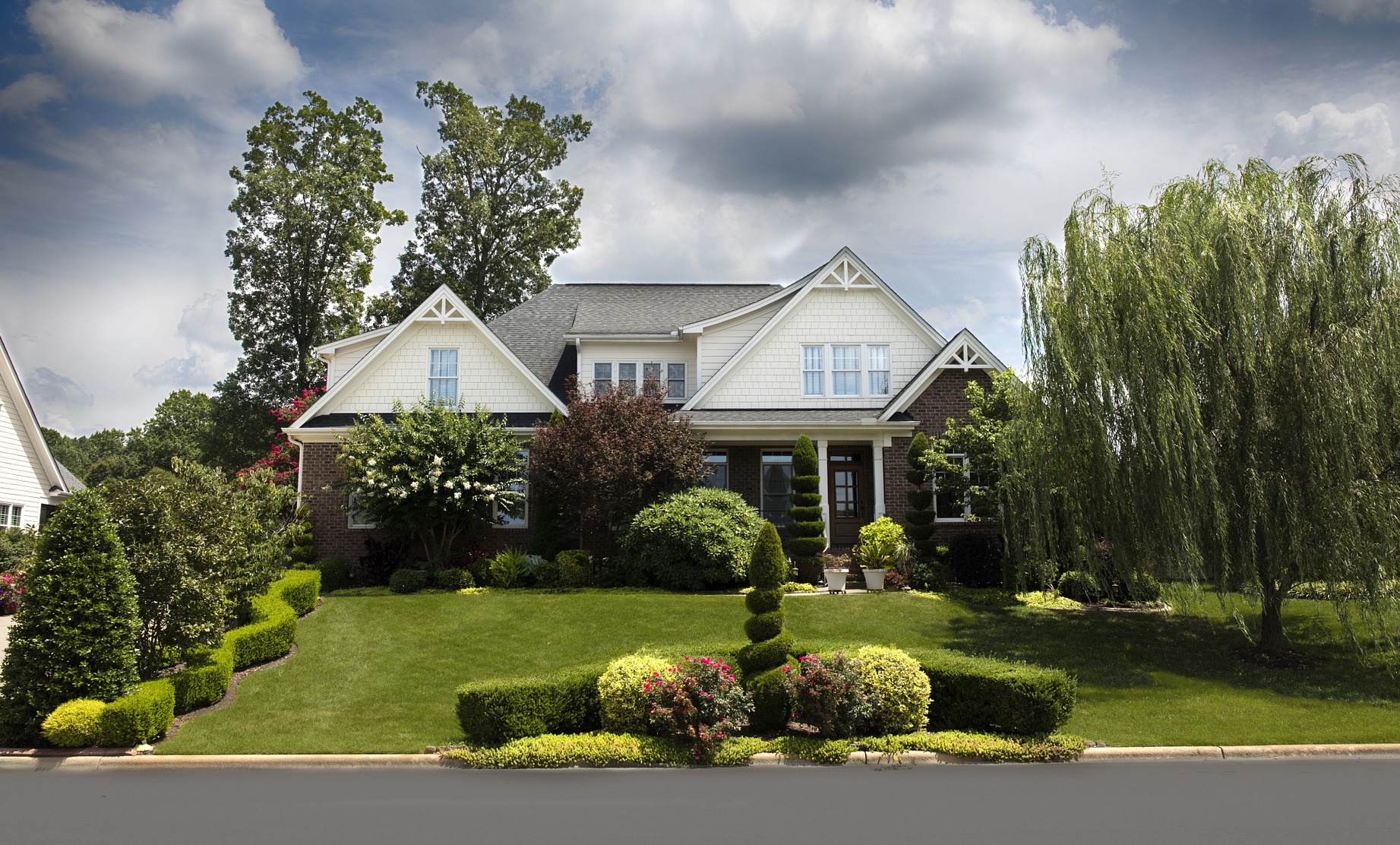
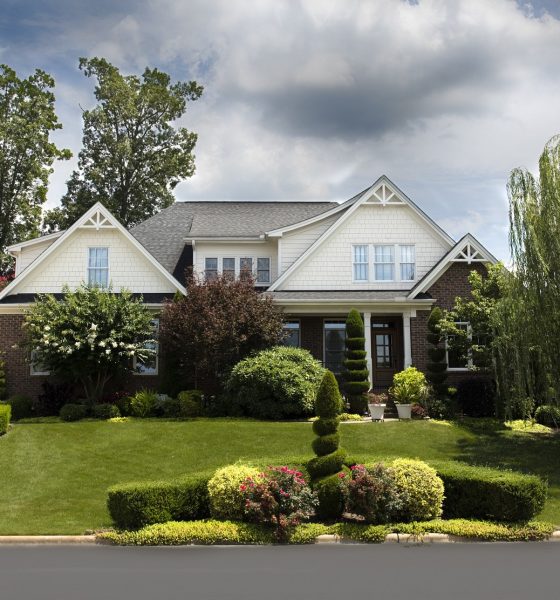
News
Dandelion’s geothermal system looks to heat and cool homes with renewable energy
Dandelion Energy, an energy startup conceived at Google’s Alphabet X innovation lab, is looking to bring affordable geothermal heating and cooling solutions to homeowners in the United States. Over the years, the clean energy company has grown its operations across New York State and is looking to expand its operations further, pursuing more research, opening new warehouses, and growing its team. The company has completed a $16 million Series A round that was led by Comcast Ventures and Google Ventures, bringing the company’s total funding to $23 million.
Similar to other clean energy companies such as Tesla, Dandelion Energy aims to liberate American homeowners from dependence on fossil fuels. Homes in the US typically utilize oil furnaces, which are costly and dangerous. A typical 2,500-square-foot Victorian home in Poughkeepsie, for example, could spend around $3,500 in winter for heating, and an additional $300 in the summer for air conditioning. Geothermal energy solutions, such as those offered by Dandelion, aim to cut these costs significantly.
A graphic depicting how Dandelion Energy’s residential geothermal energy solutions work. (Credit: Dandelion Energy)
At the core of Dandelion Energy’s vision is the Air, a heating and cooling system capable of harvesting energy from the ground. Unlike conventional geothermal residential systems that involve invasive, messy digging projects, Dandelion’s geothermal digging solutions are clean and efficient, resulting in deep holes that are only a few inches wide. Similar to other geothermal heat pumps, the Dandelion Air works by utilizing the difference in temperatures underground from the outside air. Thus, if the ground is warmer, the system would move heat from the ground inside to heat the home. During summers, the system would pump warm air from the house outside and underground. In true Silicon Valley fashion, the Air manages these processes automatically through software.
Geothermal heating and cooling systems present a notable advantage for the environment. Last year alone, the US saw its carbon emissions rise by 3.4% — the second-largest margin in two decades and reversing a three-year decline. In a report, the Rhodium Group listed buildings in the country as a factor in the emissions increase, partly thanks to unusually cold weather at the beginning of the year. This led to more demand for heating than expected, resulting in the increased carbon dioxide footprint of homes, offices, and buildings, many of which were using fossil fuel-powered furnaces. Had the use of residential geothermal solutions been widespread across the United States, these figures would have been notably lower.

With Silicon Valley roots, like fellow Alphabet X projects that eventually became their own companies, Dandelion Energy’s geothermal heating & cooling system has the potential to disrupt utilities by offering alternatives to conventional gas, oil, propane or electric heating. Other projects from Alphabet’s X labs that ultimately came into their own include self-driving car company Waymo, health data company Verily, and wearable tech platform Google Watch, which is now part of Android.
Dandelion Air’s upfront price is $29,247, though the company notes that the system would cost $19,423 after incentives are applied. Customers who wish to pay for the system through a loan are estimated to pay a monthly cost of $135 for the system. With the Air in place, homeowners could see savings of up to 20% for their heating and cooling needs.
More information on the Dandelion Air could be found here.

News
Tesla reliability rankings skyrocket significantly in latest assessment
“They definitely have their struggles, but by continuing to refine and not make huge changes in their models, they’re able to make more reliable vehicles, and they’ve moved up our rankings.”
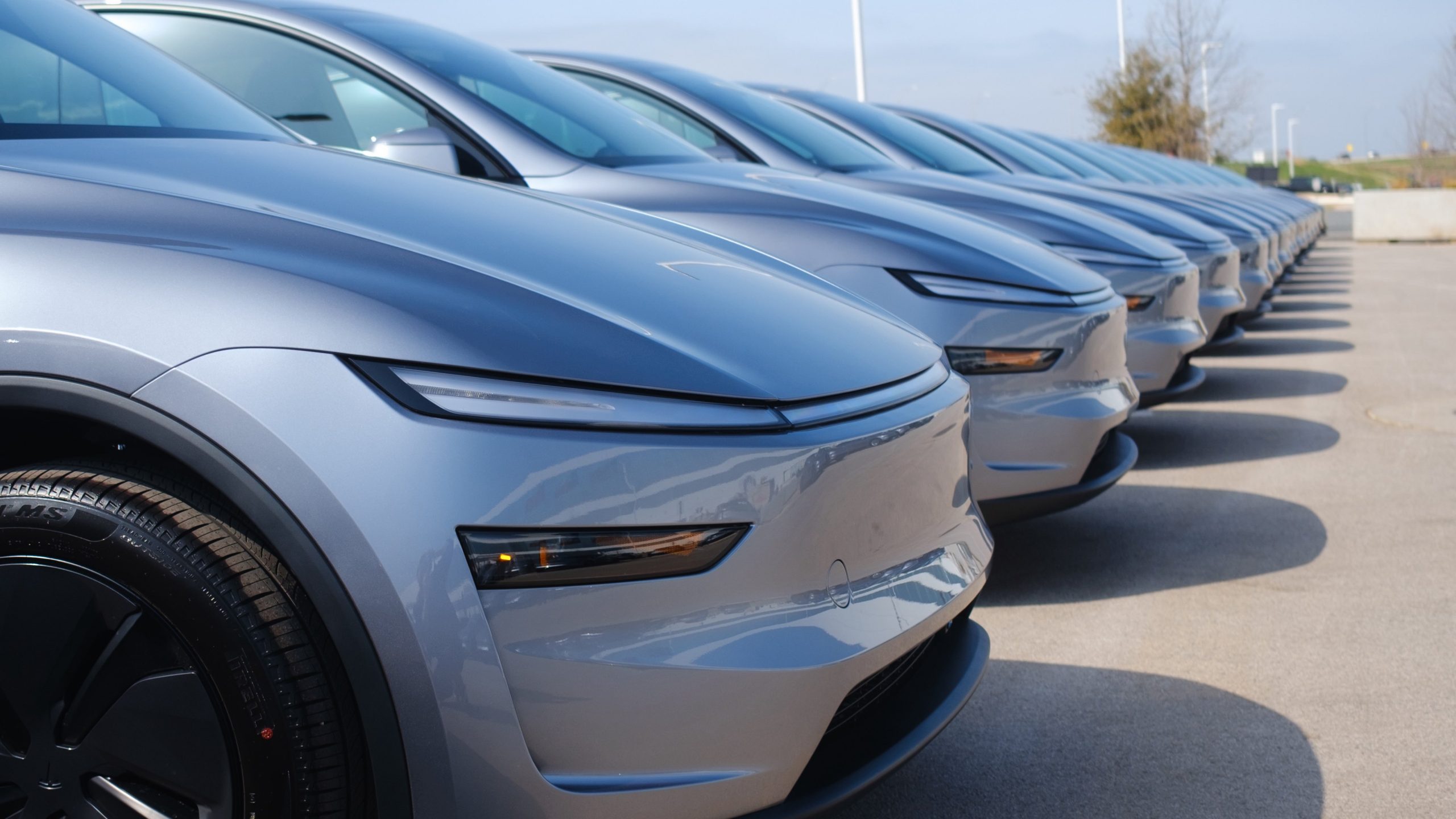
Tesla ranked in the Top 10 of the most reliable car companies for 2026, as Consumer Reports’ latest index showed significant jumps from the past two years.
In 2022, Tesla ranked 27th out of 28 brands. Last year, it came in 17th.
🚨🚨 Tesla entered the Top 10 in Consumer Reports’ list of reliable carmakers for the first time
In the past two years, Tesla has ranked 17th in 2024 and 27th out of 28 brands in 2022.
Subaru, BMW, Porsche, Honda, and Toyota were the Top 5 OEMs in the rankings. pic.twitter.com/z216bccVoH
— TESLARATI (@Teslarati) December 4, 2025
However, 2026’s rankings were different. CR‘s rankings officially included Tesla in the Top 10, its best performance to date.
Finishing tenth, the full Top 10 is:
- Subaru
- BMW
- Porsche
- Honda
- Toyota
- Lexus
- Lincoln
- Hyundai
- Acura
- Tesla
Tesla has had steady improvements in its build quality, and its recent refinements of the Model 3 and Model Y have not gone unnoticed.
The publication’s Senior Director of Auto Testing, Jake Fisher, said about Tesla that the company’s ability to work through the rough patches has resulted in better performance (via CNBC):
“They definitely have their struggles, but by continuing to refine and not make huge changes in their models, they’re able to make more reliable vehicles, and they’ve moved up our rankings.”
He continued to say that Tesla’s vehicles have become more reliable over time, and its decision to avoid making any significant changes to its bread-and-butter vehicles has benefited its performance in these rankings.
Legacy automakers tend to go overboard with changes, sometimes keeping a model name but recognizing a change in its “generation.” This leads to constant growing pains, as the changes in design require intense adjustments on the production side of things.
Instead, Tesla’s changes mostly come from a software standpoint, which are delivered through Over-the-Air updates, which improve the vehicle’s functionality or add new features.
Only one Tesla vehicle scored below average in Consumer Reports’ rankings for 2026 was the Cybertruck. Fisher’s belief that Tesla improves its other models over time might prove to be true with Cybertruck in a few years.
He continued:
“They’re definitely improving by keeping with things and refining, but if you look at their 5- to 10-year-old models that are out there, when it comes to reliability, they’re dead last of all the brands. They’re able to improve the reliability if they don’t make major changes.”
Regarding Subaru’s gold medal placing on the podium, Fisher said:
“While Subaru models provide good performance and comfort, they also excel in areas that may not be immediately apparent during a test drive.”
Other notable brands to improve are Rivian, which bumped itself slightly from 31 to 26. Chevrolet finished 24th, GMC ended up 29th, and Ford saw itself in 18th.
Elon Musk
Tesla Full Self-Driving v14.2.1 texting and driving: we tested it
We decided to test it, and our main objective was to try to determine a more definitive label for when it would allow you to grab your phone and look at it without any nudge from the in-car driver monitoring system.
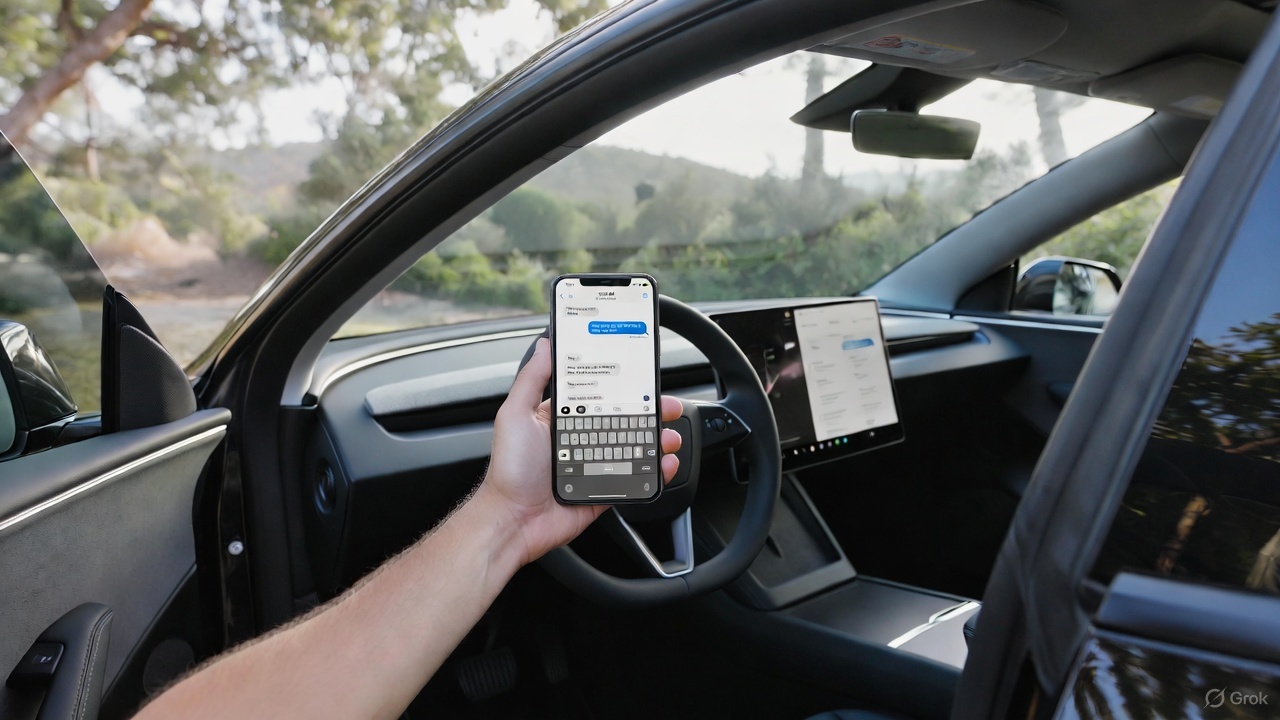
On Thursday, Tesla CEO Elon Musk said that Full Self-Driving v14.2.1 would enable texting and driving “depending on [the] context of surrounding traffic.”
Tesla CEO Elon Musk announces major update with texting and driving on FSD
We decided to test it, and our main objective was to try to determine a more definitive label for when it would allow you to grab your phone and look at it without any nudge from the in-car driver monitoring system.
I’d also like to add that, while Tesla had said back in early November that it hoped to allow this capability within one to two months, I still would not recommend you do it. Even if Tesla or Musk says it will allow you to do so, you should take into account the fact that many laws do not allow you to look at your phone. Be sure to refer to your local regulations surrounding texting and driving, and stay attentive to the road and its surroundings.
The Process
Based on Musk’s post on X, which said the ability to text and drive would be totally dependent on the “context of surrounding traffic,” I decided to try and find three levels of congestion: low, medium, and high.
I also tried as best as I could to always glance up at the road, a natural reaction, but I spent most of my time, during the spans of when it was in my hand, looking at my phone screen. I limited my time looking at the phone screen to a few seconds, five to seven at most. On local roads, I didn’t go over five seconds; once I got to the highway, I ensured the vehicle had no other cars directly in front of me.
Also, at any time I saw a pedestrian, I put my phone down and was fully attentive to the road. I also made sure there were no law enforcement officers around; I am still very aware of the law, which is why I would never do this myself if I were not testing it.
I also limited the testing to no more than one minute per attempt.
I am fully aware that this test might ruffle some feathers. I’m not one to text and drive, and I tried to keep this test as abbreviated as possible while still getting some insight on how often it would require me to look at the road once again.
The Results
Low Congestion Area
I picked a local road close to where I live at a time when I knew there would be very little traffic. I grabbed my phone and looked at it for no more than five seconds before I would glance up at the road to ensure everything was okay:
In full: the Low Congestion Area pic.twitter.com/6DqlBnekPn
— TESLARATI (@Teslarati) December 4, 2025
Looking up at the road was still regular in frequency; I would glance up at the road after hitting that five-second threshold. Then I would look back down.
I had no nudges during this portion of the test. Traffic was far from even a light volume, and other vehicles around were very infrequently seen.
Medium Congestion Area
This area had significantly more traffic and included a stop at a traffic light. I still kept the consecutive time of looking at my phone to about five seconds.
I would quickly glance at the road to ensure everything was okay, then look back down at my phone, spending enough time looking at a post on Instagram, X, or Facebook to determine what it was about, before then peeking at the road again.
There was once again no alert to look at the road, and I started to question whether I was even looking at my phone long enough to get an alert:
In full: the Medium Congestion Area pic.twitter.com/gnhIfBVe6Q
— TESLARATI (@Teslarati) December 4, 2025
Based on past versions of Full Self-Driving, especially dating back to v13, even looking out the window for too long would get me a nudge, and it was about the same amount of time, sometimes more, sometimes less, I would look out of a window to look at a house or a view.
High Congestion Area
I decided to use the highway as a High Congestion Area, and it finally gave me an alert to look at the road.
As strange as it is, I felt more comfortable looking down at my phone for a longer amount of time on the highway, especially considering there is a lower chance of a sudden stop or a dangerous maneuver by another car, especially as I was traveling just 5 MPH over in the left lane.
This is where I finally got an alert from the driver monitoring system, and I immediately put my phone down and returned to looking at the road:
In full: the High Congestion Area pic.twitter.com/K9rIn4ROvm
— TESLARATI (@Teslarati) December 4, 2025
Once I was able to trigger an alert, I considered the testing over with. I think in the future I’d like to try this again with someone else in the car to keep their eyes on the road, but I’m more than aware that we can’t always have company while driving.
My True Thoughts
Although this is apparently enabled based on what was said, I still do not feel totally comfortable with it. I would not ever consider shooting a text or responding to messages because Full Self-Driving is enabled, and there are two reasons for that.
The first is the fact that if an accident were to happen, it would be my fault. Although it would be my fault, people would take it as Tesla’s fault, just based on what media headlines usually are with accidents involving these cars.
Secondly, I am still well aware that it’s against the law to use your phone while driving. In Pennsylvania, we have the Paul Miller Law, which prohibits people from even holding their phones, even at stop lights.
I’d feel much more comfortable using my phone if liability were taken off of me in case of an accident. I trust FSD, but I am still erring on the side of caution, especially considering Tesla’s website still indicates vehicle operators have to remain attentive while using either FSD or Autopilot.
Check out our full test below:
Elon Musk
Tesla CEO Elon Musk announces major update with texting and driving on FSD
“Depending on context of surrounding traffic, yes,” Musk said in regards to FSD v14.2.1 allowing texting and driving.
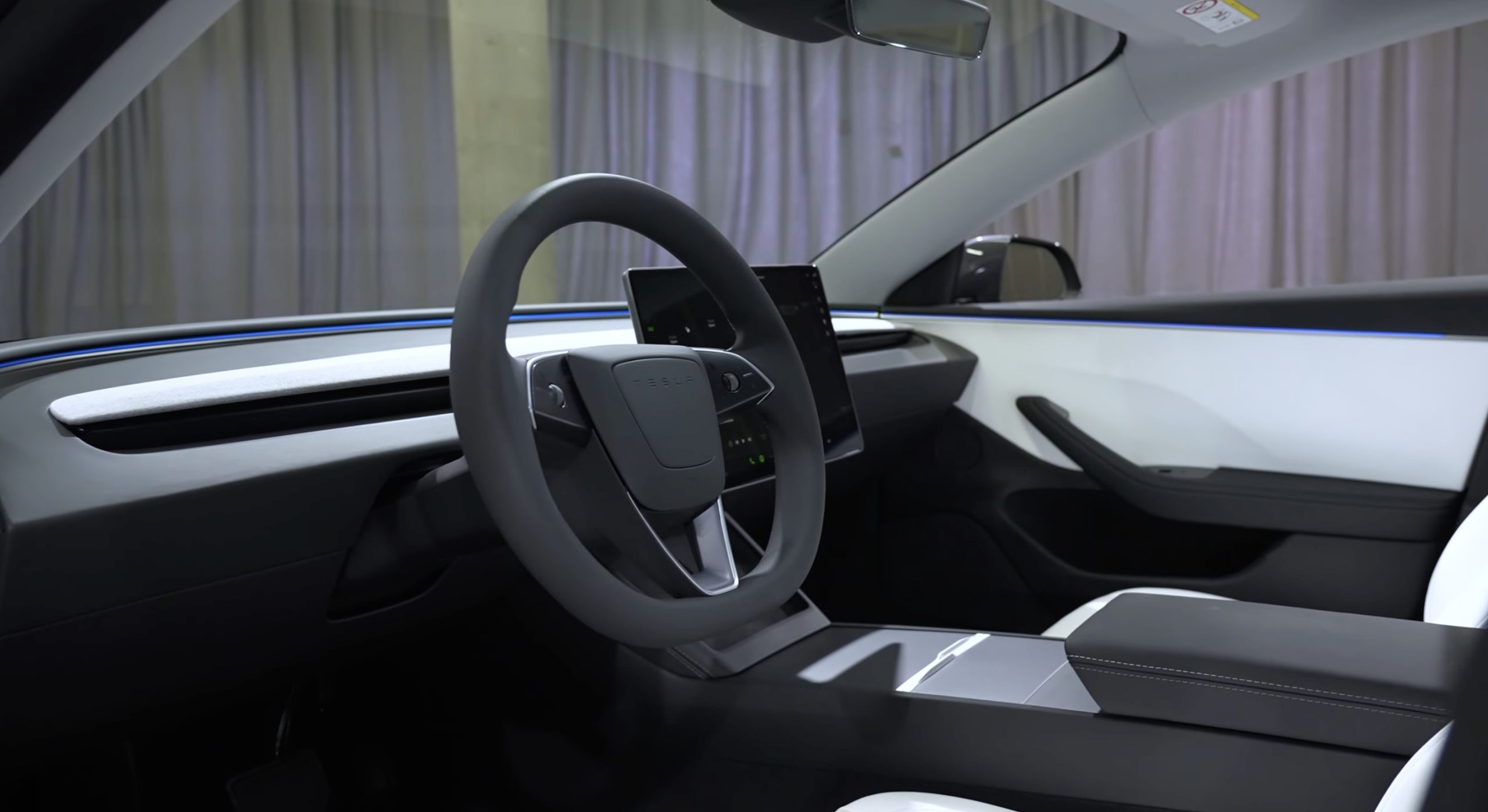
Tesla CEO Elon Musk has announced a major update with texting and driving capabilities on Full Self-Driving v14.2.1, the company’s latest version of the FSD suite.
Tesla Full Self-Driving, even in its most mature and capable versions, is still a Level 2 autonomous driving suite, meaning it requires attention from the vehicle operator.
You cannot sleep, and you should not take attention away from driving; ultimately, you are still solely responsible for what happens with the car.
The vehicles utilize a cabin-facing camera to enable attention monitoring, and if you take your eyes off the road for too long, you will be admonished and advised to pay attention. After five strikes, FSD and Autopilot will be disabled.
However, Musk announced at the Annual Shareholder Meeting in early November that the company would look at the statistics, but it aimed to allow people to text and drive “within the next month or two.”
He said:
“I am confident that, within the next month or two, we’re gonna look at the safety statistics, but we will allow you to text and drive.”
“I am confident that, within the next month or two, we’re gonna look at the safety statistics, but we will allow you to text and drive.”
Does anyone think v14.3 will enable this? pic.twitter.com/N2yn0SK70M
— TESLARATI (@Teslarati) November 23, 2025
Today, Musk confirmed that the current version of Full Self-Driving, which is FSD v14.2.1, does allow for texting and driving “depending on context of surrounding traffic.”
Depending on context of surrounding traffic, yes
— Elon Musk (@elonmusk) December 4, 2025
There are some legitimate questions with this capability, especially as laws in all 50 U.S. states specifically prohibit texting and driving. It will be interesting to see the legality of it, because if a police officer sees you texting, they won’t know that you’re on Full Self-Driving, and you’ll likely be pulled over.
Some states prohibit drivers from even holding a phone when the car is in motion.
It is certainly a move toward unsupervised Full Self-Driving operation, but it is worth noting that Musk’s words state it will only allow the vehicle operator to do it depending on the context of surrounding traffic.
He did not outline any specific conditions that FSD would allow a driver to text and drive.








